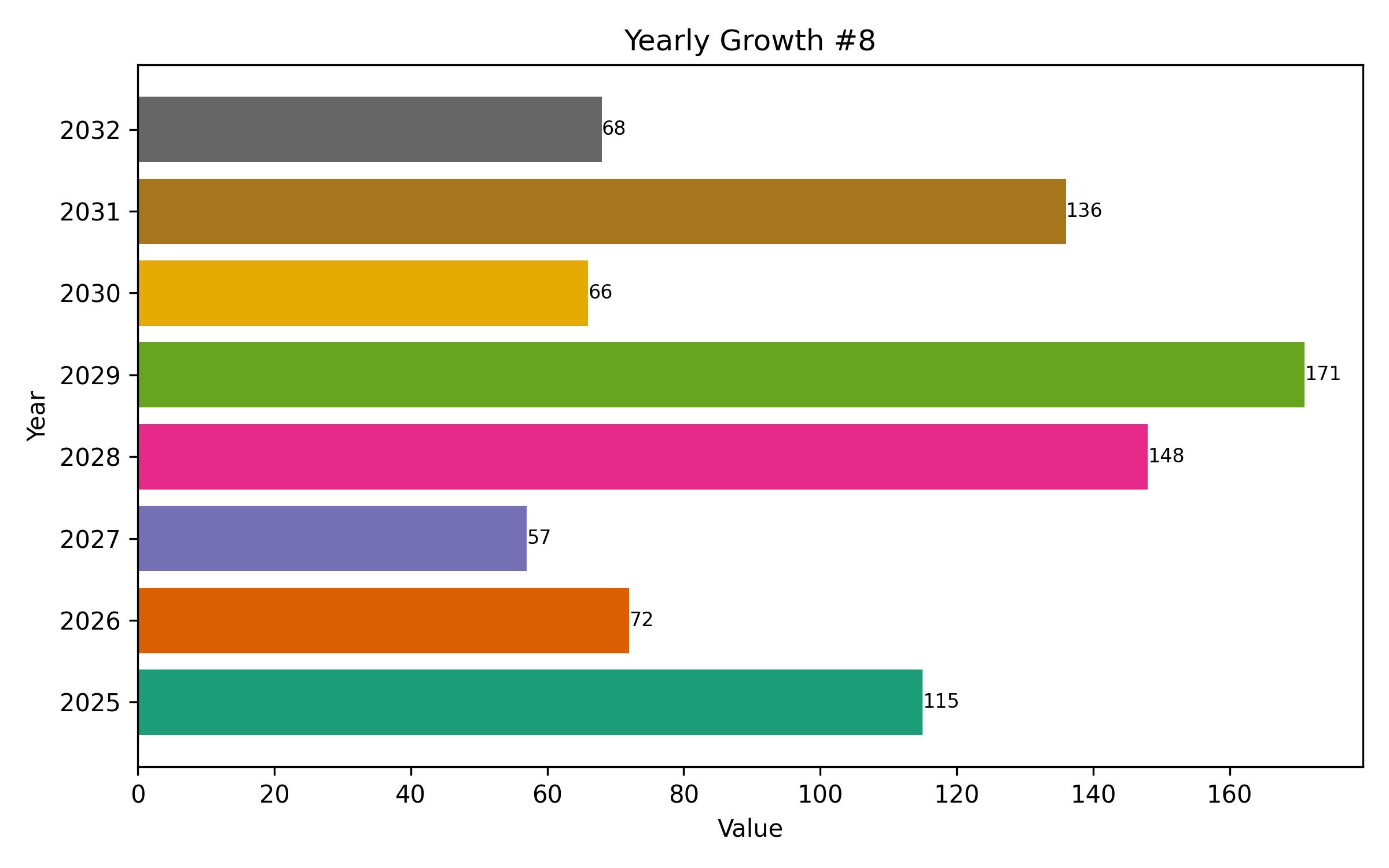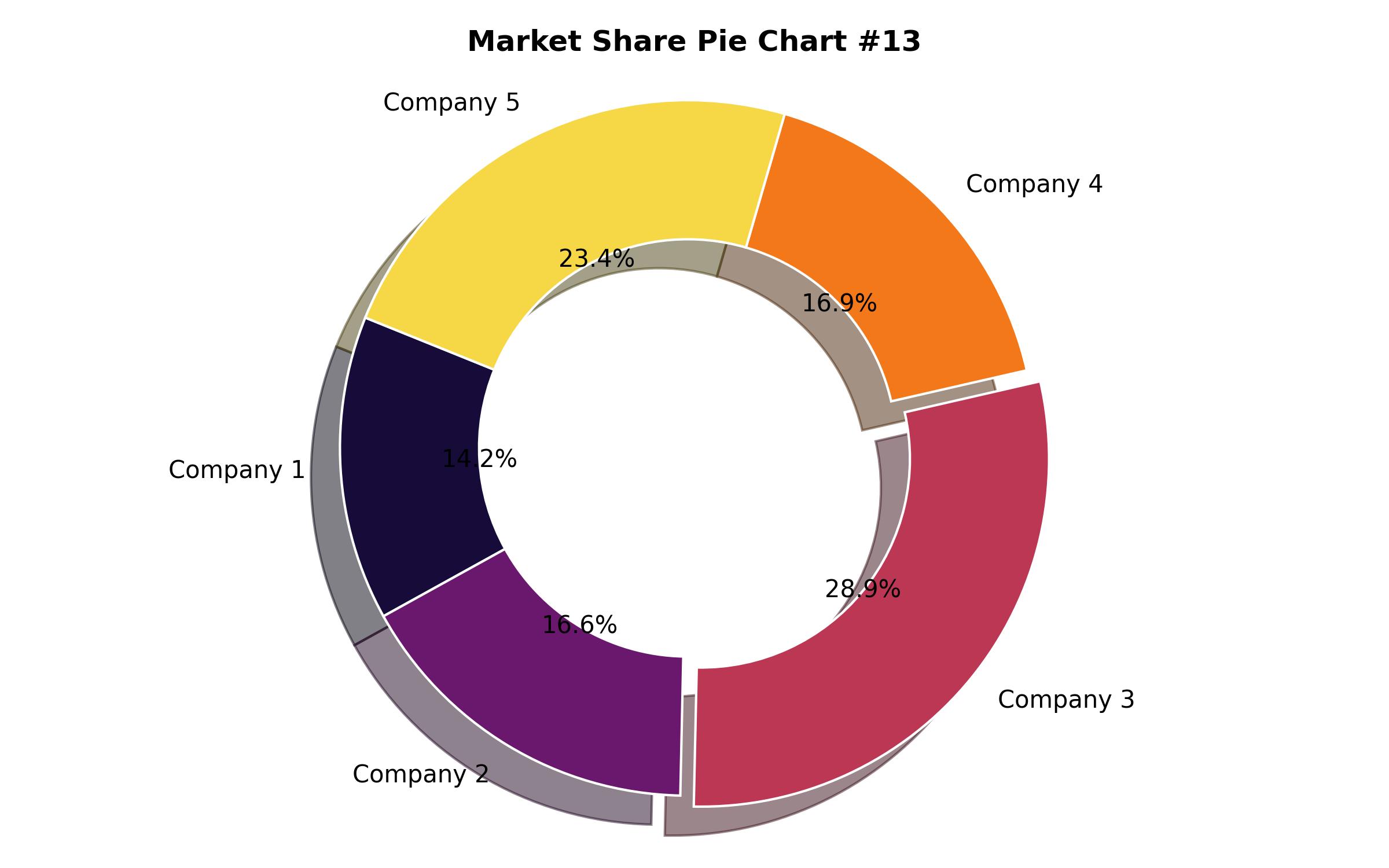Plant-based Premix Sector Potential and Outlook
Overview:
The plant-based premix market is poised for substantial expansion, projected to attain a valuation of USD 352.5 million by the close of 2025. Industry analysts anticipate a steady growth trajectory, forecasting the market to reach approximately USD 795.6 million by the end of 2035. This growth is underpinned by an anticipated compound annual growth rate (CAGR) of 8.6% over the ten-year period from 2025 to 2035. The rising global awareness concerning health, environmental sustainability, and ethical consumption plays a pivotal role in driving demand for plant-derived nutritional solutions.
These premixes consist of a diverse array of plant-sourced components, including various proteins, complex carbohydrates such as fibers, essential micronutrients, and beneficial bioactive compounds. They serve as vital ingredients in the production of numerous food and beverage items. Applications range from popular protein bars and refreshing smoothies to a variety of baked goods and dairy alternative products. Heightened consumer knowledge about the health and environmental advantages of reducing animal product consumption significantly boosts the uptake of plant-based premixes.
A significant impetus behind the plant-based premix market’s growth is the increasing consumer preference for transparent and ‘clean-label’ food items. Buyers are actively seeking products free from synthetic additives, artificial preservatives, and genetically modified components. Premixes derived from plants, typically produced using natural and minimally processed ingredients, align well with this demand for products that consumers perceive as healthier and more authentic.
Furthermore, the growing embrace of flexitarian and vegan dietary patterns has considerably broadened the consumer base for plant-based products. This trend necessitates manufacturers to innovate and expand their product lines to adequately serve the varied needs of health-conscious consumers across different preferences and lifestyles.
Technological progress within food science and the continuous development of novel ingredient alternatives are also strengthening the plant-based premix market. Ongoing research and development efforts by manufacturers are uncovering new plant-derived ingredients and enhancing the functional properties of existing ones. This innovation enables the creation of high-quality plant-based premixes that can effectively compete with animal-based ingredients in terms of flavor, texture, and overall nutritional profile.
The expanded appeal of these innovative premixes among a broader consumer segment is a key factor contributing to the sustained acceleration of market expansion. Continued investment in research and development, coupled with a keen responsiveness to evolving consumer demands, is expected to further fuel the growth of the plant-based premix sector in the forecast period.

| Report Attribute | Details |
|---|---|
| Market Size in 2025 | USD 352.5 Million |
| Revenue Forecast for 2035 | USD 795.6 Million |
| Growth Rate (CAGR) | 8.6% from 2025 to 2035 |
| Base Year for Estimation | 2024 |
| Historical Data | 2018 – 2023 |
| Forecast Period | 2025 – 2035 |
| Quantitative Units | Revenue in USD million/billion and CAGR from 2025 to 2035 |
| Report Coverage | Revenue forecast, company market share, competitive landscape, growth factors, and trends |
| Covered Segments | Premix type, end use application, form |
| Regional Scope | North America, Europe, Asia Pacific, Latin America, MEA |
| Country Scope | U.S., Canada, Mexico, Germany, France, Italy, U.K., Spain, China, India, Japan, South Korea, Australia, Brazil, Argentina, UAE, Saudi Arabia, South Africa |
| Key Companies Analyzed | Archer Daniel Midland Company, Barentz International B.V., BASF SE, Roquette Frères S.A., DSM, FenchemBiotek Ltd., SternVitamin GmbH & Co. KG, The Glanbia plc, Prinova Group LLC, Piramal Enterprises Ltd. |
| Customization Options | Free report customization (up to 8 analysts working days) with purchase. Changes to country, regional, and segment scope |
| Pricing and Purchase Options | Customizable purchase options for tailored research needs |

Report Coverage & Deliverables
- Market Trends And Dynamics
- Competitve Benchmarking
- Historical data and forecasts
- Value/Volume analysis
- Company revenue shares and key strategies
- Regional opportunities
This is an indicative segmentation. Please request a sample report to see detail segmentation of this market.
Detailed Market Segmentation
- By Premix type
- Vitamin Premix
- Mineral Premix
- Amino Acid Premix
- Nucleotide Premix
- Fiber Premix
- Protein Premix
- Other Premixes
- By End Use Application
- Food and Beverages
- Dietary Supplements
- Pharmaceuticals
- Animal Feed
- Cosmetics & Personal Care
- By Form
- Dry Blends
- Liquid Concentrates
- By Region
- North America (U.S., Canada, Mexico)
- Europe (Germany, France, Italy, U.K., Spain)
- Asia-Pacific (China, India, Japan, South Korea, Australia)
- Latin America (Brazil, Argentina)
- Middle East & Africa (MEA) (UAE, Saudi Arabia, South Africa)
Table of Content
- Executive Summary
- Market Overview
- Key Trends Shaping Demand
- Evolution of Market Demand: Historical (2020-2024) vs. Projected (2025-2035)
- Market Concentration Analysis
- Insights by Country
- Market Attractiveness and Trends in the United States
- Market Dynamics and Key Players in Germany
- Growth Potential in the Indian Market
- Category-Specific Insights
- Rising Popularity of Vitamin Premixes
- Dominance of Food and Beverage Applications
- Competitive Landscape Assessment
- Profiles of Leading Manufacturers
- In-Depth Analysis by Premix Type
- In-Depth Analysis by End Use Application
- In-Depth Analysis by Form
- Regional Market Analysis: Overview
- North America Market Outlook
- Europe Market Overview
- Asia Pacific Growth Trends
- Latin America Market Performance
- Middle East & Africa Market Analysis
- Research Methodology
- Assumptions and Definitions
